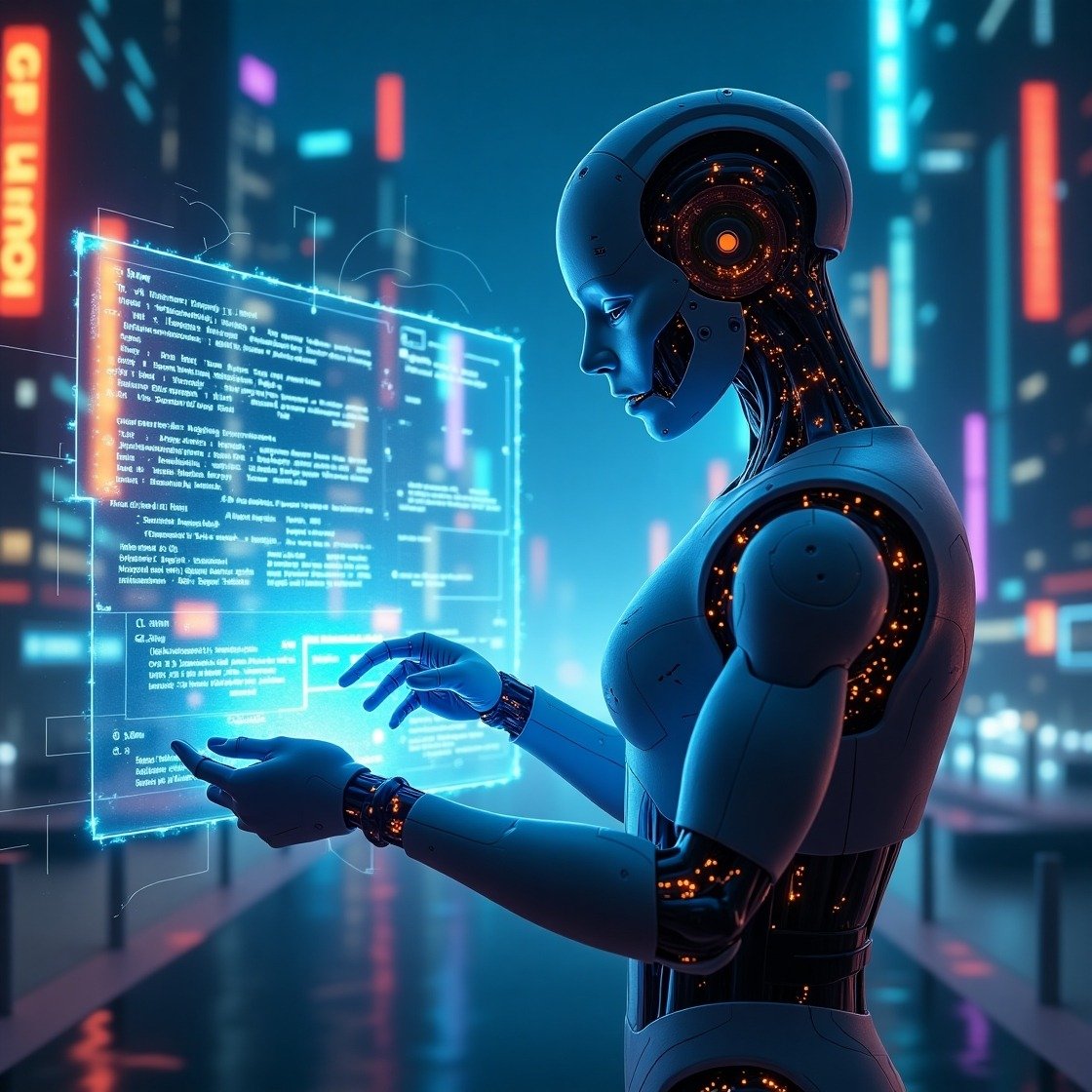Generative AI models have transformed the landscape of artificial intelligence, enabling machines to create text, images, music, and even code. From early rule-based systems to cutting-edge deep learning architectures, these models continue to evolve, pushing the boundaries of creativity and automation.
In this article, we explore the history, working principles, applications, and future trends of generative AI models.
What Are Generative AI Models?
Generative AI models are machine learning systems designed to generate new data similar to existing examples. Unlike traditional AI models focused on classification and prediction, generative models create original content.
Types of Generative AI Models
- Variational Autoencoders (VAEs): Used in image and text generation.
- Generative Adversarial Networks (GANs): Known for high-quality image synthesis.
- Transformers (e.g., GPT, BERT): Used in natural language generation and processing.
- Diffusion Models: Gaining popularity in image and video generation.
The Evolution of Generative AI Models
Early AI Systems (Pre-2010s)
Early generative AI models relied on statistical methods and rule-based algorithms to produce output. Markov Chains and Hidden Markov Models (HMMs) were commonly used for text and speech generation.
The Rise of Deep Learning (2010-2015)
With the advent of deep learning, neural networks, especially Recurrent Neural Networks (RNNs) and Long Short-Term Memory (LSTM) networks, improved text generation capabilities. These models could generate coherent and context-aware sequences.
GANs and VAEs (2015-2020)
The introduction of Generative Adversarial Networks (GANs) by Ian Goodfellow in 2014 marked a revolution in AI-generated content. GANs enabled realistic image synthesis, deepfake creation, and high-quality video generation.
VAEs also gained traction for data augmentation and unsupervised learning, allowing AI to generate diverse and unique outputs.
Transformer Models and Large Language Models (2020-Present)
The transformer architecture, introduced by Vaswani et al. in 2017, paved the way for large-scale models like:
- GPT-3 & GPT-4 – Capable of generating human-like text.
- DALL·E – Used for AI-generated art.
- Stable Diffusion & MidJourney – Used in AI-powered image generation.
These models leverage self-attention mechanisms and massive datasets to generate increasingly realistic content.
How Generative AI Models Work
1. Data Collection and Preprocessing
Generative AI models require vast amounts of data for training. This includes text corpora, image datasets, and audio samples.
2. Model Training
Deep learning models are trained using supervised, unsupervised, or reinforcement learning techniques. Neural networks learn to generate output by minimizing loss functions.
3. Content Generation and Fine-Tuning
After training, the models generate new content based on prompts. Fine-tuning ensures more accurate and domain-specific responses.
Applications of Generative AI Models
1. Content Creation
- Automated article writing (e.g., ChatGPT)
- AI-generated art (e.g., MidJourney, Stable Diffusion)
- Video synthesis and animation
2. Software Development
- AI-powered code generation (e.g., GitHub Copilot)
- Bug detection and debugging assistance
3. Healthcare & Drug Discovery
- AI-generated molecules for drug design
- Personalized medical reports
4. Gaming & Entertainment
- AI-driven character and story generation
- Procedural content generation in video games
5. Marketing & Business Automation
- AI-generated advertisements
- Customer service chatbots
Challenges and Ethical Concerns
1. Bias in AI Models
AI models often inherit biases from training data, leading to unfair outcomes.
2. Misinformation and Deepfakes
Generative AI can be misused to create fake news, manipulated videos, and fraudulent content.
3. Copyright and Intellectual Property Issues
AI-generated content raises legal concerns about ownership and attribution.
4. High Computational Costs
Training and deploying generative AI models require significant computational power, making them expensive to develop.
The Future of Generative AI Models
1. Multimodal AI Models
Future AI systems will integrate text, image, audio, and video generation into a single model.
2. More Ethical AI Development
Efforts are underway to improve fairness and reduce bias in AI models.
3. AI-Human Collaboration
Instead of replacing humans, AI will enhance creativity and productivity across industries.
4. Real-Time Content Generation
Advancements in hardware will enable real-time AI content generation in gaming, film, and virtual reality.
Conclusion
Generative AI models have evolved from simple rule-based systems to sophisticated deep learning architectures. Their applications are expanding across industries, but challenges like bias, misinformation, and ethical concerns remain. As AI technology advances, it is crucial to balance innovation with responsible development.





